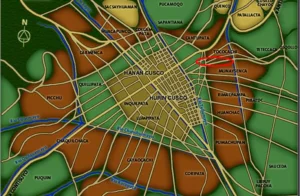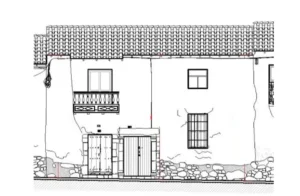We do workshops
Living History of Recoleta Road: From Qhapaq Ñan to the Present
Since time immemorial, Recoleta Street has been more than just an urban road: it is a thread that connects Cusco’s ancestral past with its vibrant present. In pre-Hispanic times, this street was part of a secondary road of the great Qhapaq Ñan, the road network of the Inca Empire. This path was not only a transit route, but a sacred artery that led to the Waca de Teteccaca, an important ceremonial site, and linked to the Qollasuyo, one of the four regions of the Tawantinsuyo. The neighborhood of Tococachi, where the street is located, was part of the Hanan Qosqo, the noble high city, and was built on ancient Inca terraces that are still perceived as the silent basis of its history.

During colonial times, the street retained its importance as a connecting axis. It became a real artery, known as the “street that goes to the Descalzos” or “Camino de la Recoleta”, since it led to the temple founded by the Franciscans in 1599. This section was not only traveled by religious people, but also by citizens heading towards the fields of San Sebastián and the salt mines, preserving the ancestral function of exit towards the valley. Along the way, travelers could still see the Inca walls, testimony that the new city was built on the memory of the old one.
Today, in contemporary times, the street maintains its charm and historical essence. Although it has been paved and urbanized with cobblestones brought from Rumicolca, and attempts have been made to modernize it after the damage of the 1950 earthquake, the Inca sidewalks still prevent its widening, as if the past resisted being erased. Recoleta Street is still a living road, an exit from ancient Cusco to the countryside, a passageway between time and space, where history, faith, community and tradition intertwine.

And it is precisely here, on this street full of meaning, where our experience with Andean Family Experiences is born, where stories are simmered in clay pots and passed on, as the walkers of the Qhapaq Ñan used to do, from generation to generation.
Would you like me to prepare now the short version for a commercial presentation mailing based on this story?



